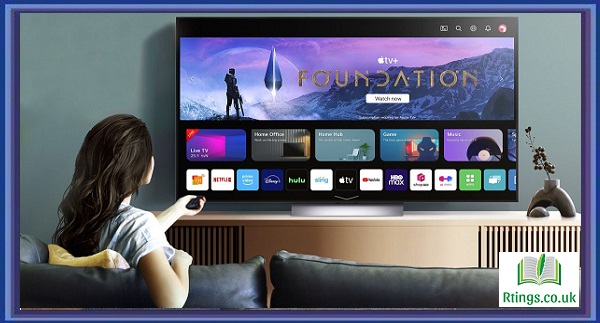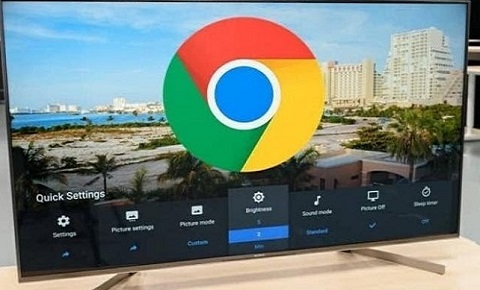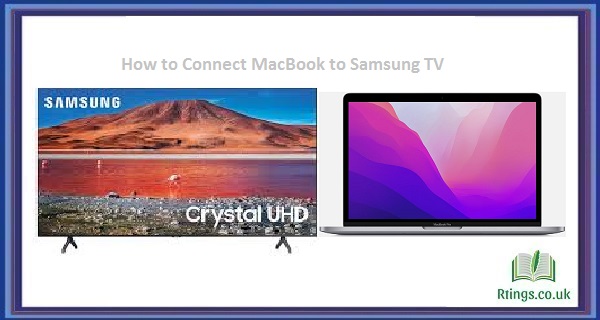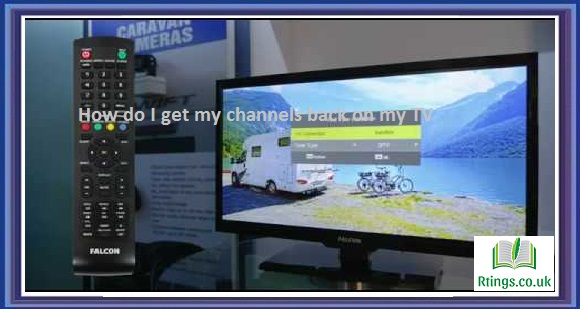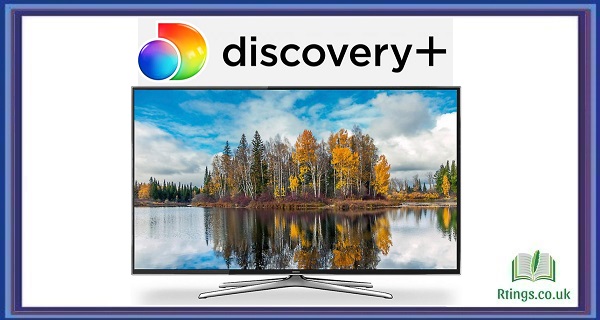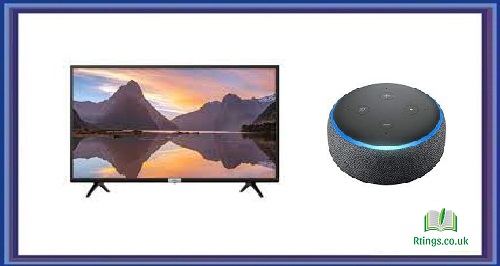Smart TVs have become the norm in modern living rooms, with built-in streaming services, voice control, and compatibility with other smart home devices. On the other hand, OLED technology is a relatively newer technology that delivers stunning picture quality with deep blacks and vibrant colors. It is no wonder that budget OLED TVs are becoming increasingly popular among consumers who want the best of both worlds.
When comparing smart TV features to budget OLED TVs, several factors must be considered to ensure that you are getting the most value for your money. This article will discuss some key features to consider when comparing budget OLED TVs.
Picture Quality
One of the main selling points of OLED TVs is their picture quality. OLED technology delivers deep blacks and vivid colors, making images look lifelike. When comparing budget OLED TVs, looking for models that offer good picture quality is important. You should consider the TV’s resolution, whether 4K or 1080p and the refresh rate, which refers to how quickly the TV can update the image on the screen. A higher refresh rate usually means smoother motion and less blur.
HDR Support
High Dynamic Range (HDR) is a technology that enhances the color and contrast of the picture, making it more realistic and immersive. When comparing budget OLED TVs, looking for models that support HDR is important. HDR10 is the most common, but some models also support Dolby Vision, a more advanced HDR format.
Smart TV Platform
Smart TVs are equipped with a platform that enables you to access streaming services, apps, and other content without additional devices. When comparing budget OLED TVs, you should consider the smart TV platform that the TV uses. Some popular platforms include Android TV, LG’s webOS, Samsung’s Tizen, and Roku TV. Each platform has its strengths and weaknesses, so choosing one that fits your needs is important.
Voice Control
Many smart TVs now come with voice control, which allows you to control the TV using your voice instead of remote control. When comparing budget OLED TVs, you should consider whether the TV has built-in voice control or requires a separate device like Amazon Echo or Google Home. Some models have built-in microphones that allow you to control the TV using voice commands.
Connectivity
When comparing budget OLED TVs, it is important to consider the TV’s connectivity options. This includes the number and type of HDMI, USB, and Ethernet ports. It would be best to consider whether the TV supports Wi-Fi and Bluetooth connectivity. A TV with multiple connectivity options will allow you to connect more devices, which can be helpful if you have multiple gaming consoles, streaming devices, or other devices you want to connect to the TV.
Design
The design of the TV is also an important factor to consider when comparing budget OLED TVs. You should consider the size and shape of the TV, as well as the materials used in its construction. Some models have slim bezels, which can make the TV look more modern and sleek. It would be best if you also considered the stand, as some models have stands that are not very stable and may tip over easily.
Price
Finally, price is an important factor when comparing budget OLED TVs. OLED technology is generally more expensive than other display technologies, but prices have been coming down in recent years. When comparing budget OLED TVs, it is important to consider the most important features and to find a model that offers the best balance of features and price.
Conclusion
Budget OLED TVs allow consumers to enjoy the benefits of OLED technology without breaking the bank. When comparing smart TV features on budget OLED TVs, it is important to consider factors such as picture quality, HDR support, smart TV platform, voice control, connectivity, design, and price. By considering these factors, consumers can find a budget OLED TV that meets their needs and offers the best value for their money. Whether you are looking for a TV for gaming, streaming, or general viewing, a budget OLED TV can deliver an immersive and lifelike viewing experience without sacrificing features or quality.
Frequently Asked Questions (FAQs)
Are budget OLED TVs worth it?
Yes, budget OLED TVs are worth it as they offer the benefits of OLED technology at a more affordable price. OLED technology delivers stunning picture quality with deep blacks and vibrant colors, making images appear more lifelike. Budget OLED TVs also offer smart TV features, HDR support, and a range of connectivity options, making them great for consumers who want a high-quality TV without breaking the bank.
What is the difference between OLED and LED TVs?
OLED and LED TVs use different display technologies. OLED stands for Organic Light Emitting Diode, meaning each pixel emits light, resulting in deep blacks and vibrant colors. LED, on the other hand, uses a backlight to illuminate the pixels, which can result in less contrast and color accuracy. OLED TVs are generally more expensive than LED TVs, but they offer superior picture quality.
What is HDR, and why is it important?
HDR stands for High Dynamic Range, a technology that enhances the color and contrast of the picture, making it more realistic and immersive. HDR content contains a wider range of colors and brightness levels than standard content, resulting in a more lifelike image. HDR support is important when comparing smart TVs as it can significantly improve the viewing experience, particularly for movies and TV shows designed for HDR.
What is a smart TV platform?
A smart TV platform is a software interface that enables you to access streaming services, apps, and other content directly from your TV without additional devices. Different manufacturers use different smart TV platforms, each with strengths and weaknesses. Popular platforms include Android TV, LG’s webOS, Samsung’s Tizen, and Roku TV. When comparing smart TVs, choosing a platform that is easy to use and offers the apps and services you want to access is important.

